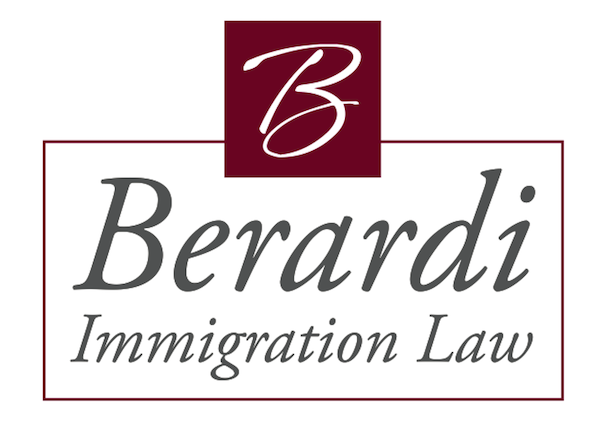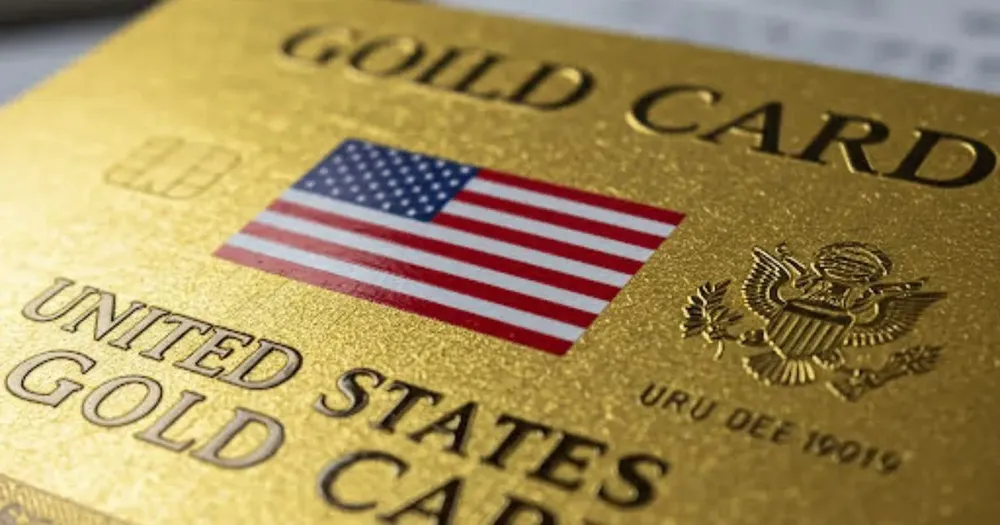Read on for an overview of the following steps necessary to secure an employment-based green card. This information includes a step-by-step overview, anticipated timeframes and current government fees involved for the process.

There are Three Steps to the PERM Green Card Process:
1. TESTING OF THE U.S. JOB MARKET
Effective March 28, 2005, the U.S. Department of Labor (“DOL”) implemented a procedure for applying for permanent labor certification - the Program Electronic Review Management process (“PERM” process). A permanent labor certification issued by the DOL allows an employer to hire a foreign worker to work permanently in the United States. This is a prerequisite of many employment-based green card petitions.
The PERM process requires the petitioning employer to conduct a series of recruitment activities to test the current U.S. job market before filing the application. If no qualified and willing U.S. worker (U.S. citizen or Permanent Resident) is found through the recruitment process, the employer can submit the PERM Labor Certification to the DOL.
For professional positions, an employer must run a recruitment campaign within 30-180 days before the filing of the PERM application. The employer is required to place:
- two print ads in a Sunday newspaper of general circulation;
- one ad in professional journal;
- one ad on employer’s internet site;
- one ad on job search web sites;
- one ad on state job bank for 30 days.
Advertisements cannot be tailored to an applicant’s background and must contain the general minimum requirements for the position. Applicants must be carefully screened and contacted if they meet the minimum requirements. A detailed recruitment report must be kept on file.
The Immigration and Nationality Act (INA) requires that the hiring of a foreign worker will not adversely affect the wages and working conditions of U.S. workers comparably employed. To comply with the statute, the Department's regulations require that the wages offered to a foreign worker must be the “prevailing wage” rate for the occupational classification in the area of employment. To confirm this figure, the employer is required submit a request to the DOL for a Prevailing Wage Determination (“PWD”). Current processing times for the PWD range from 2-3 months.
Timeframe and costs for this step:
- Processing times: Varies based on current DOL processing times for PWD and PERM (Form 9089). We advise to allow for 10-15 months.
- Costs for required advertising will vary according to the specific advertising source and location. An employer is required to pay these costs.
- There is no charge for the filing of the PERM with the DOL.
2. FILING A PREFERENCE PETITION WITH USCIS
Once the PERM application is certified by the DOL, an immigrant visa petition (Form I-140) can be filed with U.S. Citizenship and Immigration Services (“USCIS”). This petition requires proof of PERM certification, information about the employer (including the ability to pay the proffered wage), evidence that the applicant holds qualifying educational credentials, and evidence that the applicant has gained specific skills required of the position, etc. The petition is filed with USCIS based on the location of the employer.
Premium Processing service is available for certain (not all) immigrant preference petitions. Under the Premium Processing Service, USCIS guarantees petitioners that a government response will be issued within 15 calendar days of receipt.
Timeframe and costs for this step:
- Regular Processing: response on the petition in 12-18 months depending on government processing times (varies) and location of service center. USCIS filing fee of $700.00 is required.
- Premium Processing (optional): response on the petition in 15 business days. USCIS filing fees of $700.00 plus $2,500.00 are required.
3. IMMIGRANT VISA PROCESSING OR ADJUSTMENT OF STATUS
The final step of the green card process is asking the government to create the physical green card for the applicant based on the I-140 approval. There are two ways to do this. Adjustment of Status is a procedure that allows an applicant to become a lawful permanent resident without having to attend an immigrant visa interview outside the U.S. By contrast, with Immigrant Visa (Consular) Processing, the immigrant visa interview takes place at an Embassy or Consulate outside the U.S. that has jurisdiction over the beneficiary. Both methods of filing have advantages and disadvantages, and a decision should be made based on the applicant’s location at the time of filing, status in the U.S., future travel and work plans, and the applicant’s preference for processing.
However, before either process can begin, it must be determined if a “visa number” is available. The U.S. has placed legal limits on the number of foreign nationals that may immigrate permanently each year. These limits apply to employment based (EB), family based (FB) and diversity lottery categories (DV). The information needed to determine the availability of a visa number for a particular type of case can be found in the charts published in the Department of State’s Visa Bulletin each month.
If the applicant has made a lawful entry into the U.S. and is currently residing in the U.S., he or she may be able to apply for Adjustment of Status (AOS). It is also usually required that applicants for AOS maintain lawful status in the U.S.
In this scenario, the paperwork relating to the foreign national’s eligibility for AOS is usually filed with USCIS at the same time the I-140 petition is submitted. Additionally, to establish employment eligibility and to preserve international travel privileges, other forms are also submitted with the application. Processing times for the AOS can vary at least 10-24 months (subject to change) following the I-140 approval. The government filing fee for Adjustment of Status is $1,225.00 USD per applicant.
It is important to note that once an application for AOS has been filed, the applicant may not be able to depart the U.S. until travel authorization, also known as Advance Parole, is issued. Employment Authorization will also be issued at this time, allowing the foreign national to work in the U.S. while the application is pending. This can take 5-7 months for issuance. Should an applicant depart the U.S. while the AOS is pending but before Advance Parole is issued, USCIS will determine that the applicant has abandoned the AOS application. Note that applicants in valid and current H-1B or L-1 status are not subject to the travel restriction.
- Immigrant Visa (Consular) Processing
If the applicant primarily resides abroad and meets certain statutory requirements, he or she may pursue Immigrant Visa Processing (IVP), also known as Consular Processing. Once the I-140 petition has been approved by the service center, USCIS will then send the case to the National Visa Center (NVC). The applicant will then be required to submit an additional application and documents for the NVC’s review. These items include biographic documentation of the applicant, including his/her birth certificate, police clearances, etc. Once all of the requirements are met, the NVC will then forward the application to the U.S. Embassy or Consulate having jurisdiction over the applicant’s place of birth. The Embassy/Consulate will then schedule the foreign national for their interview date along with instructions for undergoing a required medical examination. After the interview, the foreign national will receive an immigrant visa in his/her passport and can then enter the United States as a lawful permanent resident. The physical green card will follow by mail.
Immigrant Visa processing times range usually from 3-6 months after I-140 approval, depending on Embassy or Consulate caseload. Please note that processing times are subject to change.
LEGAL FEES
The employer is responsible for all fees associated with Step 1 of the PERM Green Card process, including recruitment costs and attorney fees. This is a statutory requirement; the PERM legal fee and recruitment costs cannot be imposed on an employee.
The employer is not required to pay:
- I-140 filing, premium processing, and attorney fees associated with filing an immigrant visa petition; or
- I-485 filing or immigrant visa processing and related attorney fees for the primary applicant or dependent family members.
GREEN CARD APPROVAL
Once the green card is issued, the individual is now considered a “lawful permanent resident” and is allowed to reside and work in the U.S. on a permanent basis. Although this status is permanent, the actual card (Form I-551) expires every ten (10) years and must be renewed much like a driver’s license by submitting a form and photos to USCIS.
Learn More About the U.S. Green Card Process
Berardi Immigration Law is a full-service business immigration law firm that provides top-notch services to corporate clients and individual business professionals. Founded as a solo-practice in 2005 by Managing Partner Rosanna Berardi, the firm has grown exponentially over the years.
Connect with Jennifer to discuss your immigration options and gain more insight on living in the United States.








